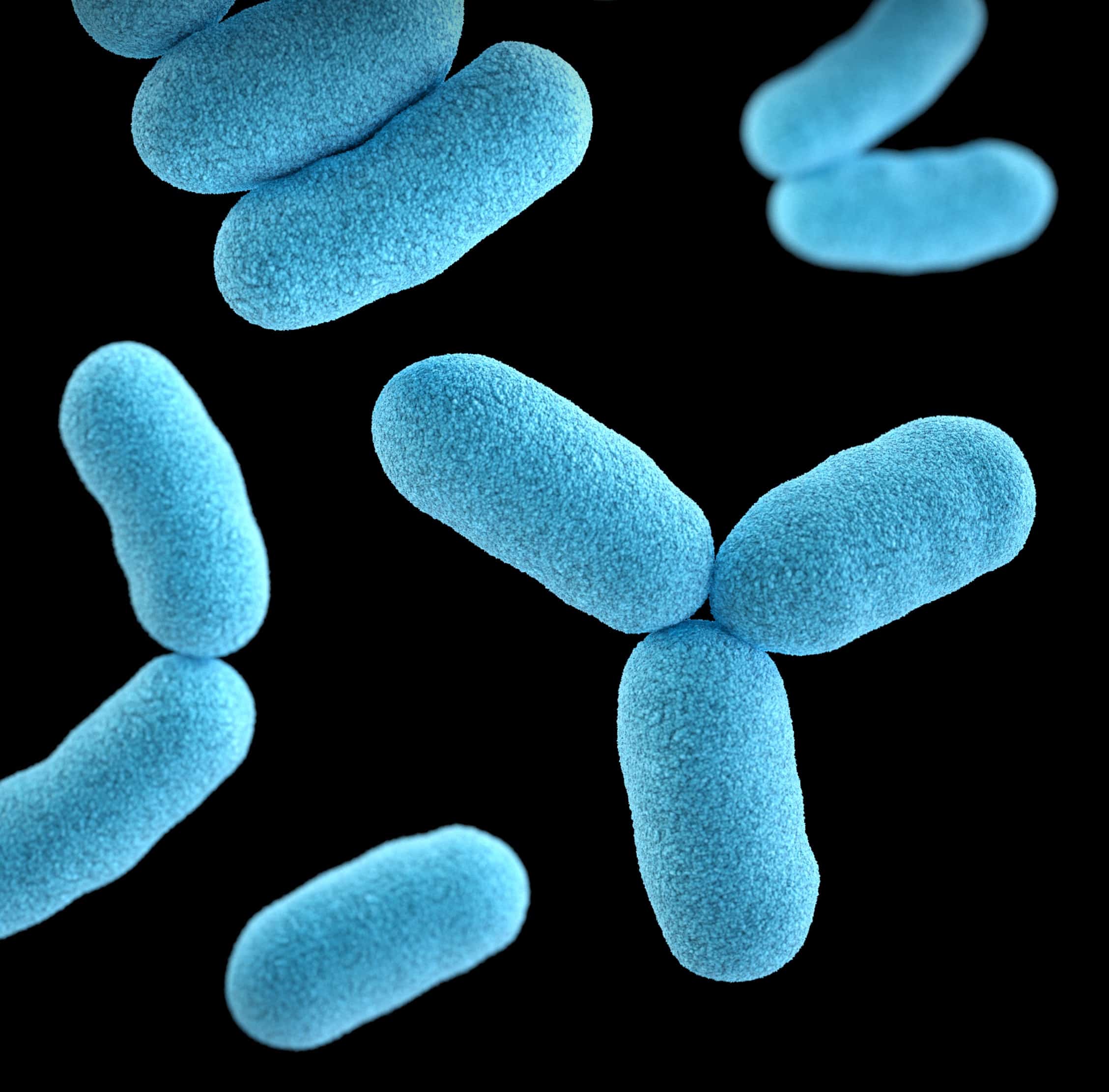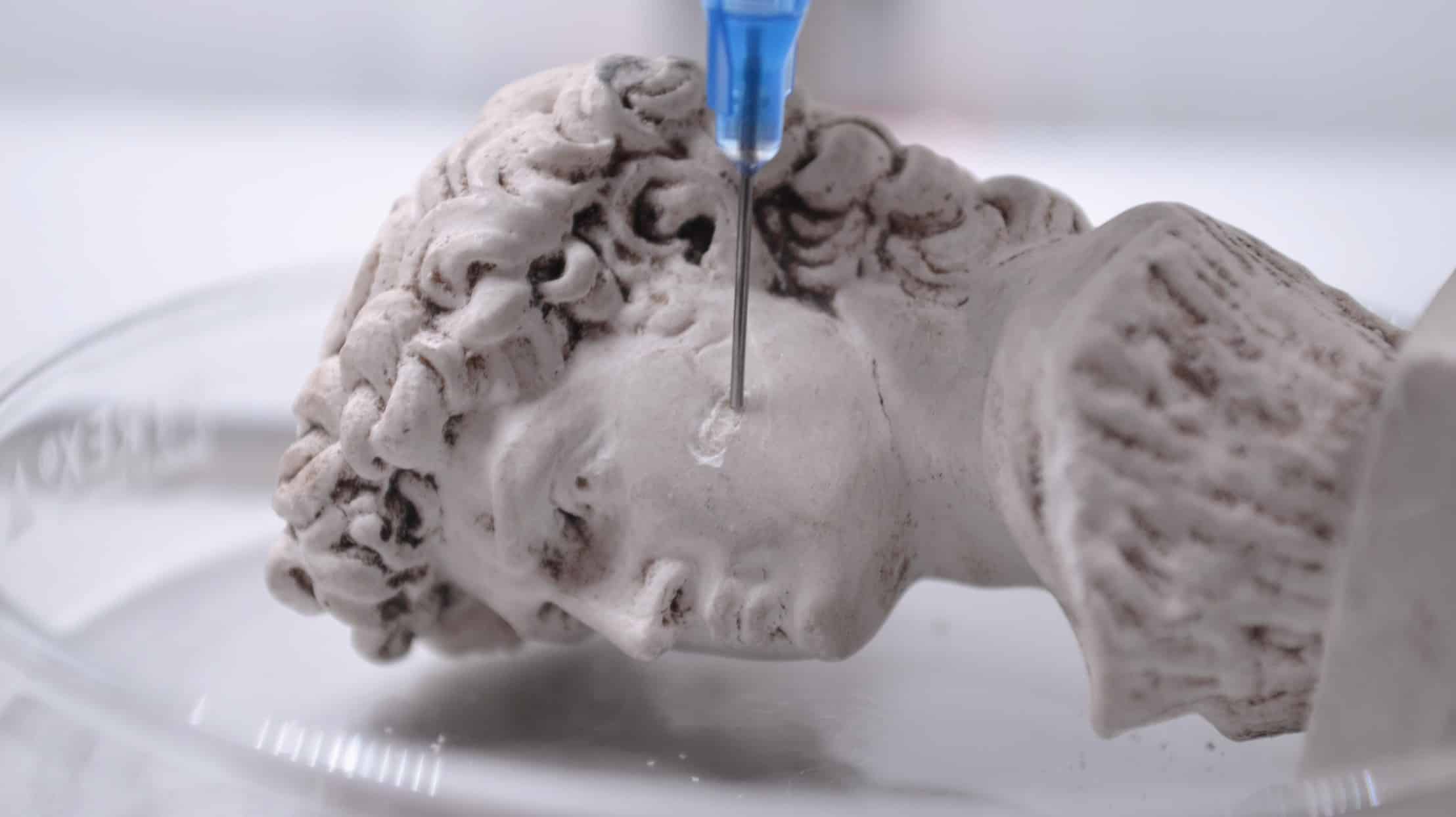
Bacteria communication has always been somewhat of a grey area in the scientific community. Now, a new optical tool will help scientists understand bacterial electrical signalling far better than ever before. The device opens new insights into antimicrobial resistance, pharmaceutical efficency and infection control. The study involved researchers from Milan’s Politecnico and the British University of Warwick.
Bioelectric communication and biological processes
Giuseppe Paternò, assistant professor at the Department of Physics at Politecnico di Milano, explains what the significance of this new methodical approach is. He says that the aim of the study was to try and manipulate bioelectric activity in bacteria. “It is important because, for a little over ten years now, it has turned out that bioelectric communication is relevant when it comes to the regulation of some biological processes, such as the influx and efflux of pharmaceutical drugs,” he says.
As mentioned, bacteria communicate through bioelectrical signalling, for example, as a way to regulate and share nutrients with each other. Neurons in our brain act in an analogous way, although the scientific community has known this for decades. For bacteria, this has only recently been demonstrated. Therefore, some of the communication pathways between bacteria still need to be characterised and classified. These pathways, called ‘ion channels’, are the equivalent of a cell’s ‘mouth’. In fact, they are the main conduit for interaction between cells.

The tool
The optical tool, which Paternò describes as an “antenna” embedded in the membrane of a very small bacterial cell, makes the cell sensitive to light and allows it to interact with other cells. This allows scientists to study their communication patterns and characterise their “language”. In technical terms, this is called “phototransduction“.
To be precise, the antenna is stimulated by a beam of light and, in a remote and non-invasive way, changes the electrical properties of the whole cell. In order to reacquire its original electric state and spatial conformation, the cell sends bioelectric signals which scientists are able to analyse.

What purpose does it serve?
The practical application of this analysis method could shed new light on antimicrobial resistance, thereby optimising the efficacy of pharmaceutical drugs and obtaining better results with their synthetization and dosage. How, though?
Well, some cells are less inclined to communicate, even when stimulated by the optical tool developed by the Politecnico team. “In some cases, resistance to external stimuli, and therefore to antimicrobial drugs, can be identified by a resistance to communication,” says Paternò. “These cells are in a so-called “dormant” state, but they’re not dead. Moreover, they have a tendency to pass this state on to neighbouring cells”.
Guiding “good bacteria” through organisms
For this reason, in a community of cells, some sections become unresponsive not only electrically but also receptively, which means that they do not absorb drugs like antibiotics as well as their active counterparts. It is through small groups of dormant cells that antibiotic resistance can eventually spread.
The correlation between a cell’s ability to communicate and its receptivity is not a given, but Paternò says that previous studies have shown that, in general, “cells that are bioelectrically dormant are also pharmacologically dormant”.
The potential use of “good” (non-pathogenic) bacteria for the targeted transport of useful substances between organisms is another functional application of this technology. “Bacteria move around. – In principle, we could engineer them to go where we want them to go by stimulating them through the phototransducer and guiding them remotely by changing their direction and speed.” However, this still needs to be scientifically proven and, according to Paternò, will be object of future studies.
